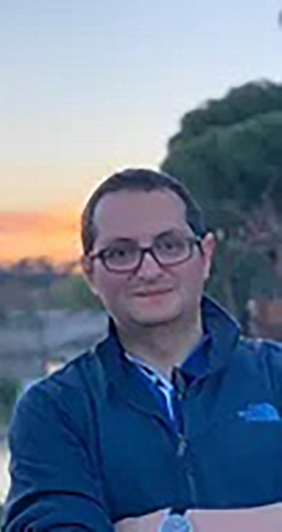
Mission
The primary focus of the Mehr lab at the University of Rochester is to develop novel, hybrid, and ultrasound-based diagnostic methods, and define the clinical utility of the developed technologies as it applies to detection, diagnosis, and therapy of various pathologies.
Our ultimate goal is to help physicians and patients by providing more accurate and multi-parametric information about diseases that can help:
-
to detect pathologies at their early stages of development
-
to more accurately locate the diseased tissue
-
to better plan for individualized therapy
-
to monitor the outcome of the therapeutic procedures
These developments will serve to improve the diagnosis and treatment guidance of high impact diseases, such as cancer.
Almost every project in the lab utilizes ultrasound imaging. Ultrasound imaging (aka sonography) is the most-widely available medical imaging modality in clinical practice due to its notable advantages, including using non-ionizing energy, providing real-time information, portability, and low cost. However, it is limited to imaging tissue morphology and structure, without any functional, cellular, or molecular information. That is why our lab explores a newly born modality known as "Photoacoustic Imaging". Photoacoustic imaging utilizes lasers to complement ultrasound imaging, providing functional and molecular information to the morphological images obtained from ultrasound.
Our research team works closely with the School of Medicine. This collaboration has helped us to better identify the real clinical needs and direct our efforts to overcome clinical limitations. We are closely working with several industry-leading imaging companies, such as Verasonics and Siemens, to implement our technologies on existing clinical devices. We believe this could be a key to enable faster clinical translation of the developed methods.
In the Murphy laboratory, we use the zebrafish model, mammalian stem cells, and human cancer cell lines, to investigate how epigenetic marks control gene expression patterns, and drive cell state transitions. This work relies on classic genetics and developmental biology methods, new DNA sequencing technologies, and bioinformatics applications, to map the genomic locations of various proteins and epigenetic marks as they change during cell state transitions.

Associate Professor of Imaging Science
Associate Professor (joint) of Biomedical Engineering
University of Rochester Medical Center
School of Medicine and Dentistry
Affiliations
News
- 08/2022: Lab moved to University of Rochester
- 08/2022: Congratulations to John for successfully defending his dissertation!
- 07/2022: Received Karmanos Cancer Institute Strategic Research Initiative Grant (SRIG) - externally reviewed
- 03/2022: Congratulations to Nasim for successfully defending her dissertation!
- 02/2022: Richard Barber interdisciplinary research award